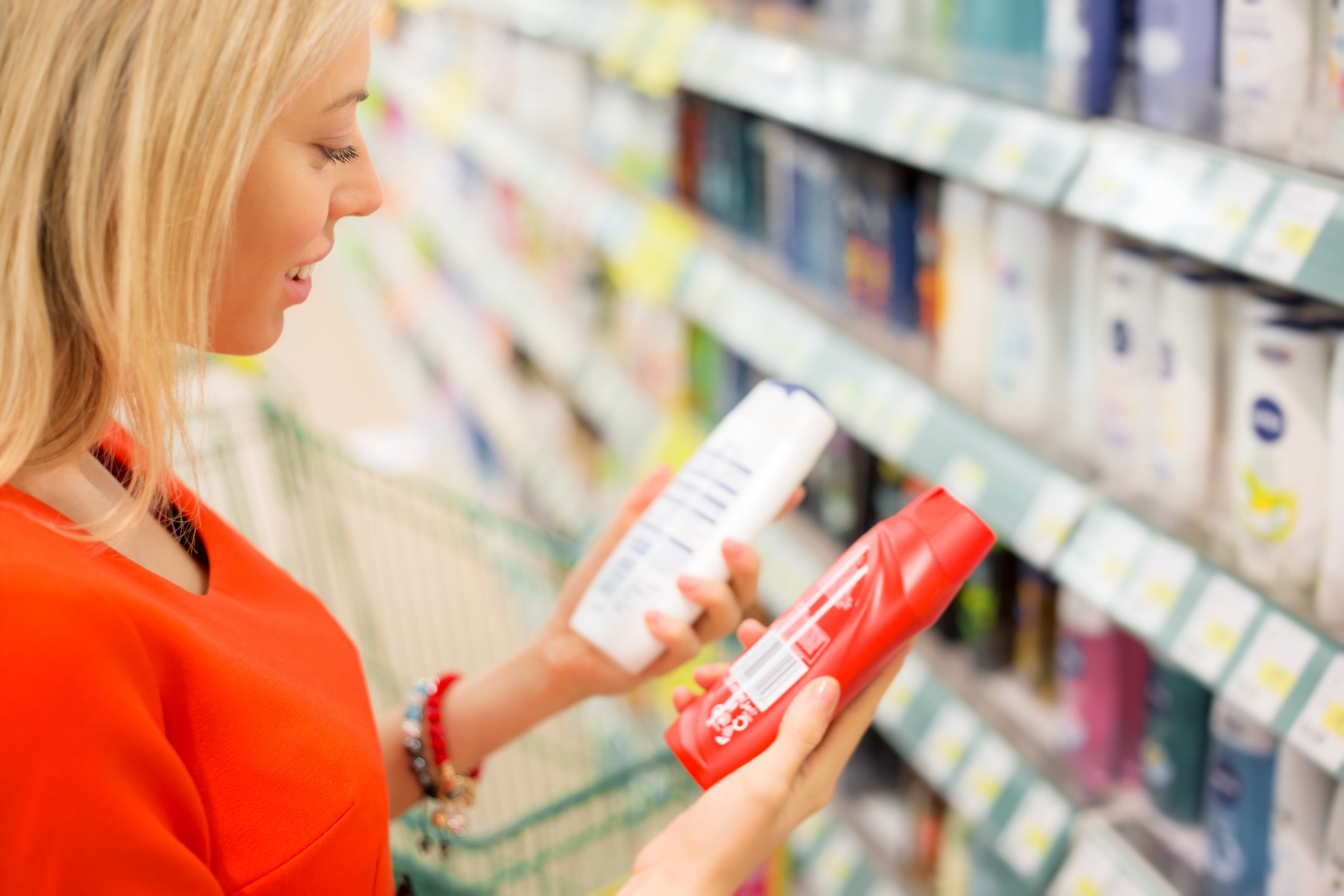We talk a lot about keeping our clinic a scent-free space, but we thought it would be important to explain the reason WHY. You may be thinking, “I don’t wear perfume”, but you may be surprised to know that scents can be following you around through the detergent or fabric softener you use, the shampoo you wash your hair with, or the cleaning products you just used to clean your home and have stuck onto your clothes. In fact, these substances can be found in thousands of consumer and industrial products - and they may be wreaking havoc on your body.
A growing number of scented products are available on store shelves, and our homes are becoming more and more saturated with airborne chemicals. It’s almost impossible to avoid exposure to these substances, and they are contributing to poor indoor air quality all around the world. While Canadians spend approximately 90% of their time indoors [i], the concentrations of some pollutants are often 2 to 5 times higher than typical outdoor concentrations [ii] [iii]. Usually this boils down to a lack of ventilation. In addition to scents and fragrances from various products we use indoors, when outdoor pollutants make their way indoors (tracked in on shoes, residue on clothing, etc.), they end up concentrating in higher amounts than they would outside (because there is less airspace for them to occupy inside). [iv] All of this adds to the challenges of keeping your indoor air clean.
Let’s look at one of the biggest offenders: Phthalates.
What are phthalates? Phthalates are the reason why your deodorant keeps you smelling fresh on hot summer days. They are why a new diaper has that powdery-soft baby smell. Or why your sheets still smell clean even after sleeping in them for a day or two. Phthalates are used to make fragrances last longer.
But it doesn’t stop there. Fake Christmas trees have phthalates. Vinyl flooring contains phthalates. Rubber duckies contain phthalates. Phthalates can even be found in food products. This is a reason why phthalates are called the “Everywhere Chemical”.
A single product may contain up to 300 different fragrance ingredients, but there are over 3000 different chemicals a manufacturer can choose from – even ones that are known irritants, allergens, and carcinogens. Health Canada says that most phthalates don’t pose a risk to health, and therefore phthalates will not appear on ingredient labels; instead, they are grouped in as “fragrance” or “perfume/parfum.”[v]
After tobacco smoke, perfumes are one of the most noticeable air contaminants in public places and the workplace. They are reported to cause difficulties for most people with environmental sensitivities.[vi] A 2009 study that appeared in the Journal of Environmental Health showed that around 30% of the general population found other people wearing fragrances to be irritating.[vii] “Irritating” doesn’t mean that someone is merely bothered by it – we are talking nausea, migraines, difficulty breathing, rashes, stuffy or runny noses…the list goes on. For people who have asthma, the study found that 37% of people were aggravated by scented products.
Further, there is growing evidence that shows the link between these chemicals and a long list of health conditions. We’re talking changes to fertility, hormonal imbalance, inflammation, excess weight, sleep disturbances, elevated stress levels, issues with childhood growth and development…this list also goes on.
When we ask for your help to make Saskatoon Naturopathic Medicine a scent-free space, it’s so we can make our clinic a safe and comfortable place for all patients who visit. As your trusted experts in natural health care, it is our job to share our knowledge to help you make better choices for yourself and those around you. If you are interested in learning more, our NDs would love to chat with you!
[i] https://www.canada.ca/en/environment-climate-change/campaigns/canadian-environment-week/clean-air-day/indoor-quality.html
[ii] https://www.epa.gov/report-environment/indoor-air-quality#note2
[iii] https://www.epa.gov/indoor-air-quality-iaq/inside-story-guide-indoor-air-quality
[iv] https://www.airqualitycanada.ca/news/indoor-and-outdoor-air-pollution
[v] https://www.canada.ca/en/health-canada/services/chemicals-product-safety/phthalates.html
[vi] https://www.chrc-ccdp.gc.ca/sites/default/files/envsensitivity_en.pdf



